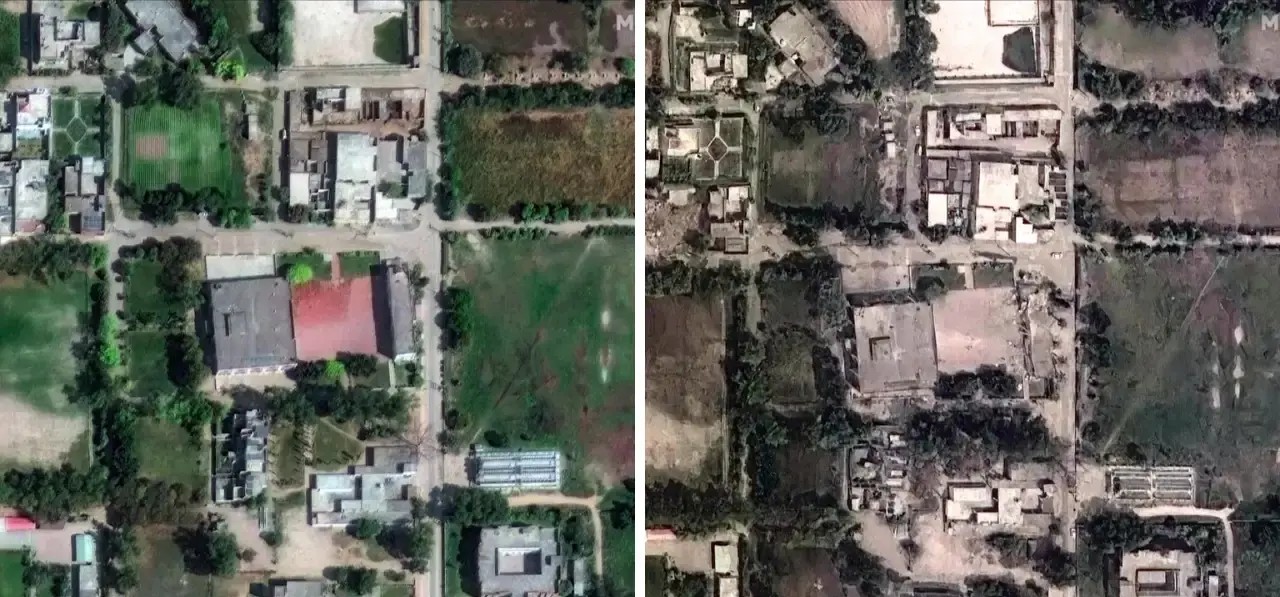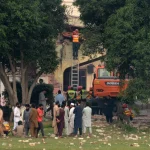Newly released satellite imagery from Maxar Technologies, accessed by Reuters, confirms massive destruction at Jaish-e-Mohammed (JeM) and Lashkar-e-Taiba (LeT) strongholds in Bahawalpur and Muridke, respectively. The visuals, taken before and after India’s May 7 precision strikes under Operation Sindoor, provide irrefutable evidence of structural devastation at the heart of Pakistan’s terror infrastructure.
The operation was launched in retaliation for the April 22 Pahalgam terror attack, which claimed 26 civilian lives, mostly tourists. Among the key targets was the Markaz Subhan Allah mosque complex in Bahawalpur, which served as JeM’s operational headquarters since 2015. The satellite images show the mosque’s dome pierced by missile impact, collapsed buildings, and widespread debris.
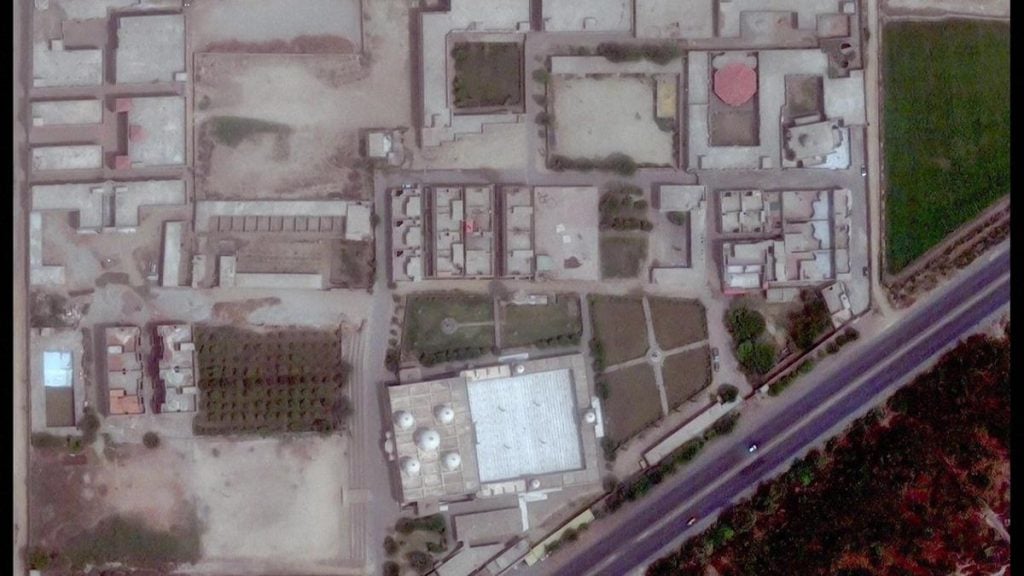
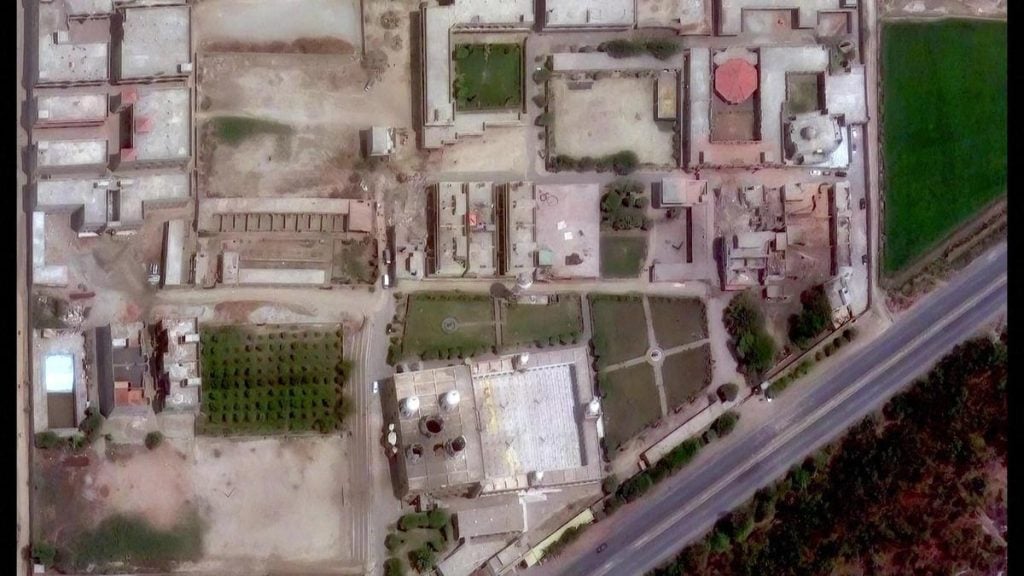
Colonel Sofiya Qureshi of the Indian Army confirmed during a press briefing that the strike on Bahawalpur hit the residences of JeM founder Maulana Masood Azhar, his family, and the group’s de facto leadership. “This was a facility where radicalization, arms training, and anti-India sermons were conducted routinely,” she stated, calling the destruction a significant blow to JeM’s operations.
The Markaz Subhan Allah complex had long been linked to terror planning, including the Pulwama suicide bombing in 2019. It also served as a site for physical, arms, and religious training of cadres who were later deployed across the region.
In Muridke, the headquarters of Lashkar-e-Taiba, the Markaz Taiba complex — a sprawling campus active since 2000 — suffered extensive structural damage. Pre-strike imagery showed multiple buildings used for ideological training and indoctrination, while post-strike visuals reveal large portions of the facility flattened.
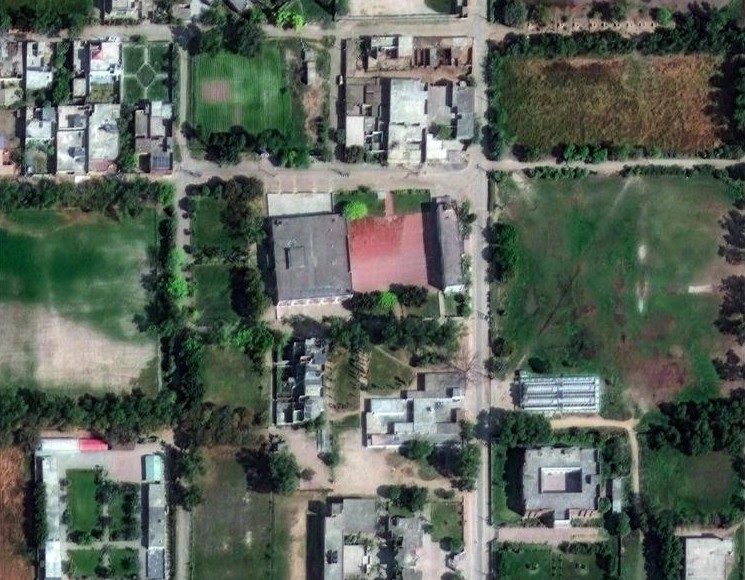
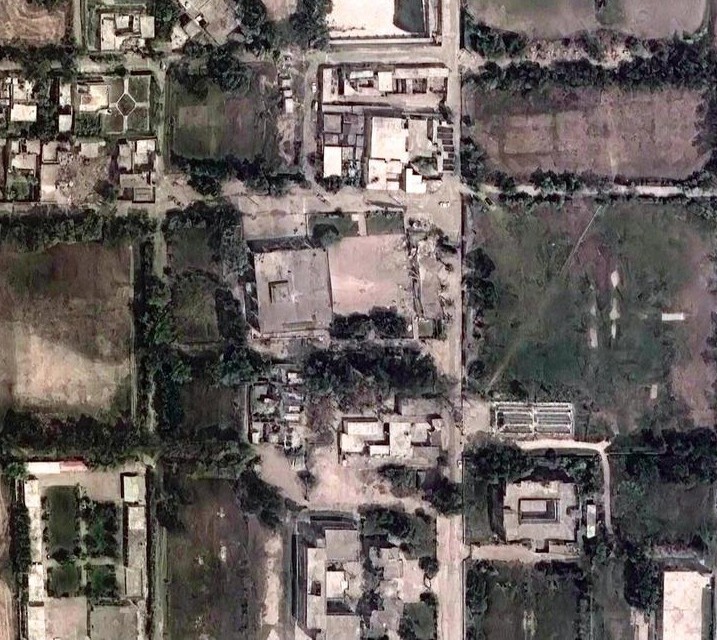
Colonel Qureshi noted that Markaz Taiba, situated just 18–25 km inside Pakistan, enrolled over 1,000 students annually in various ideological and paramilitary courses. “The attackers of the 2008 Mumbai terror attacks, including Ajmal Kasab and David Headley, received training at this very facility,” she added.
These strikes mark a major strategic move by India to dismantle what it calls the “deep infrastructure of terrorism” supported across the border. Though Pakistani officials have called the strikes a violation of sovereignty, India maintains the action was “measured and necessary” in light of the Pahalgam massacre.
As Operation Sindoor continues, the international community remains on edge, with satellite evidence now adding powerful credibility to India’s claim of striking only terror-related assets while avoiding civilian casualties and military installations.

